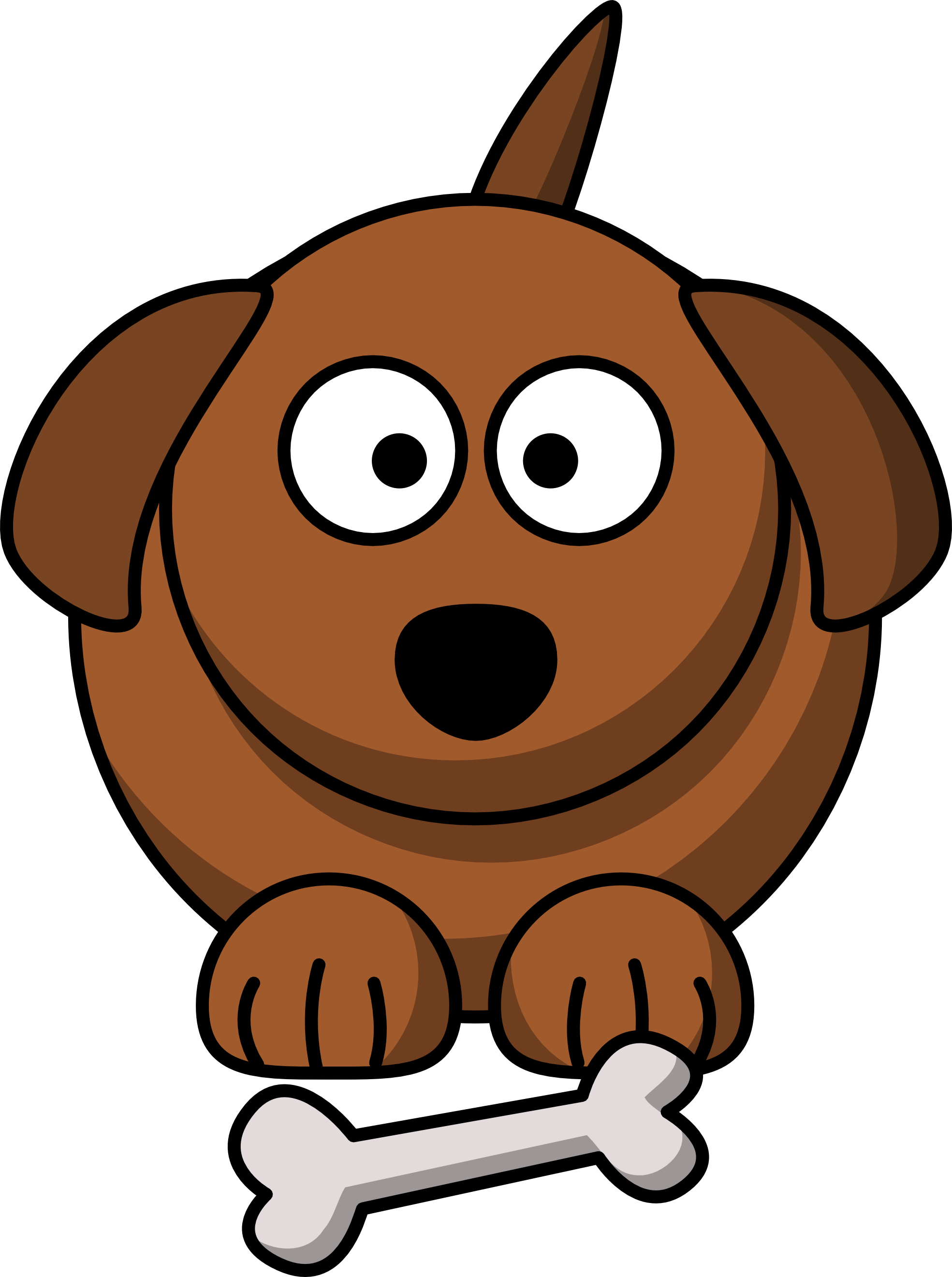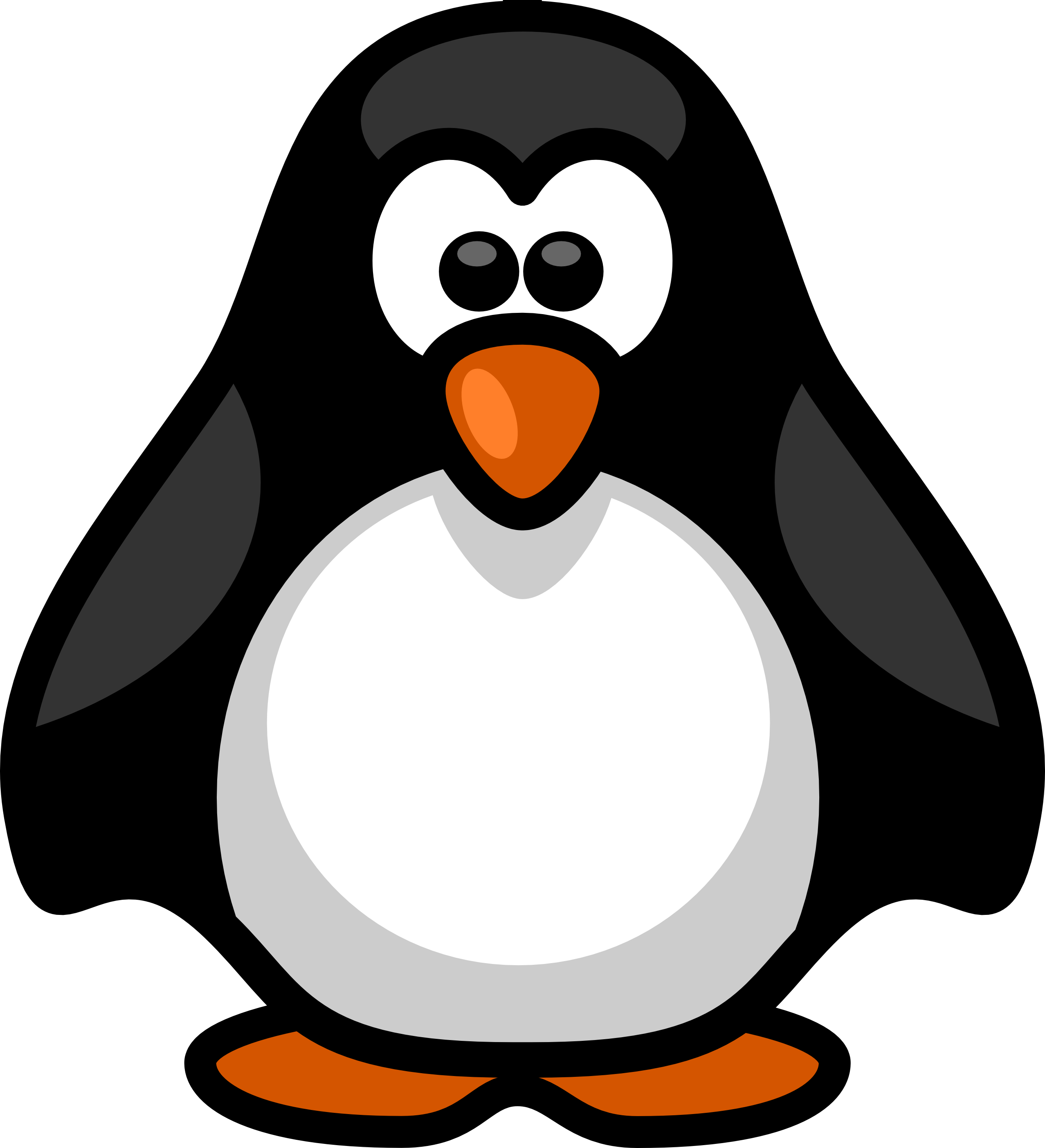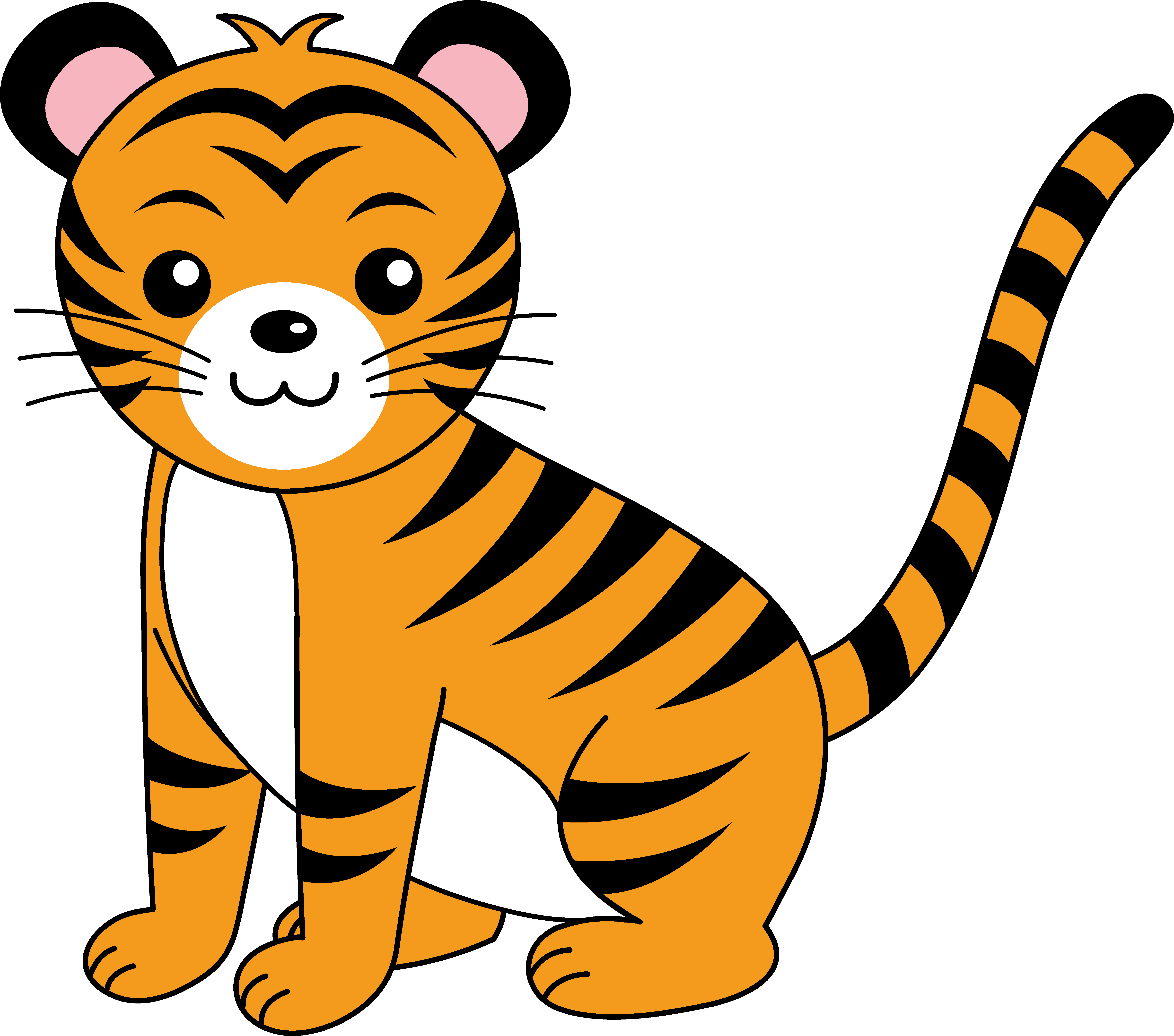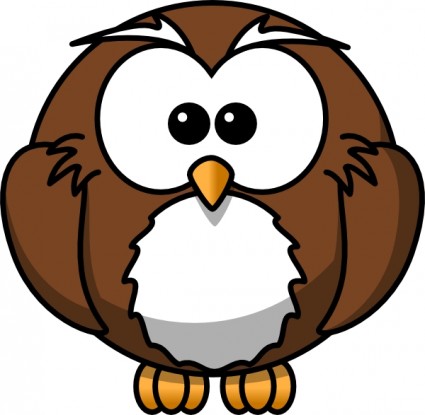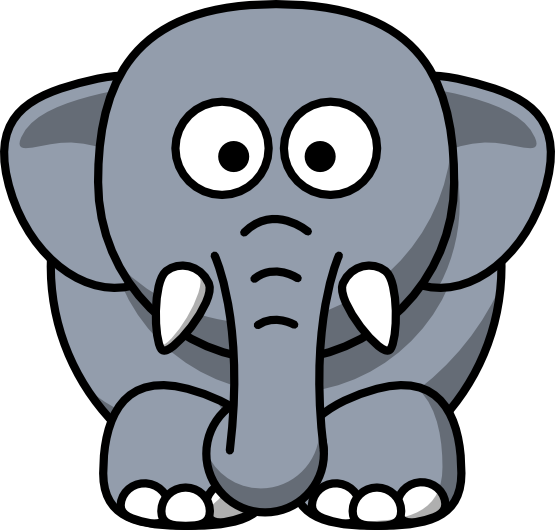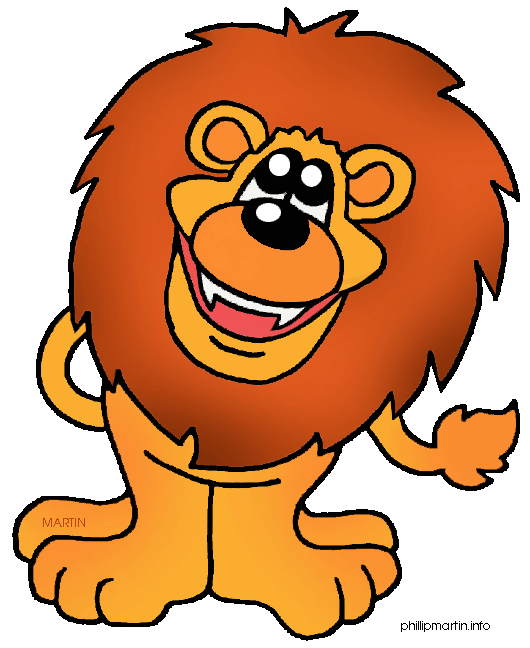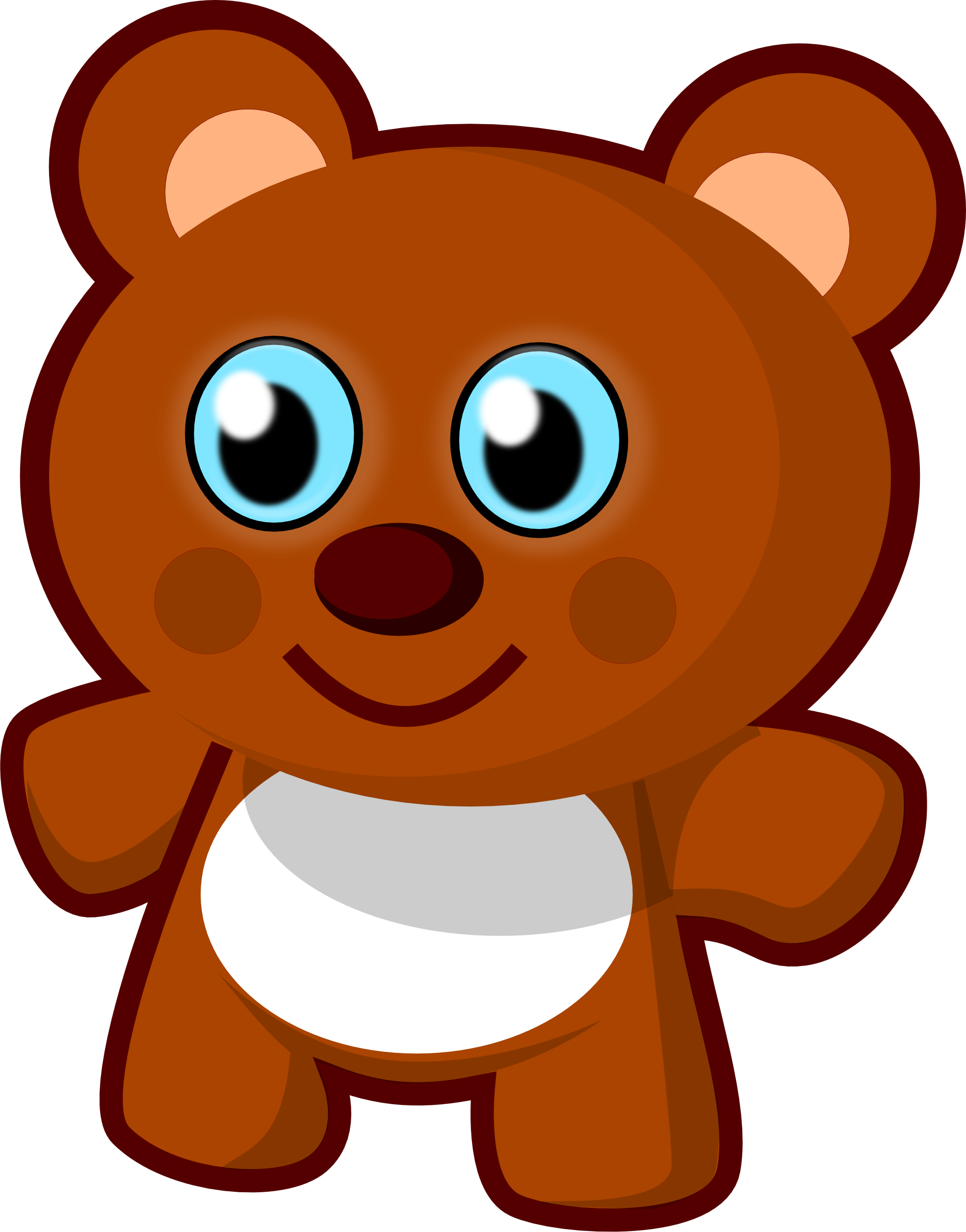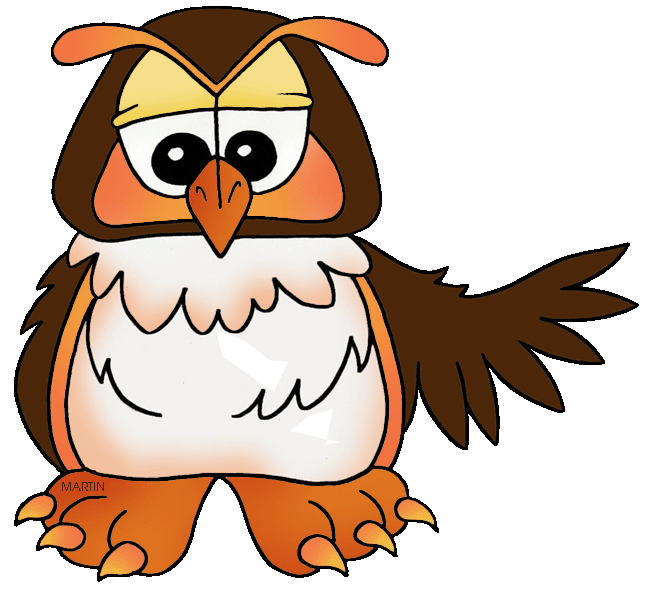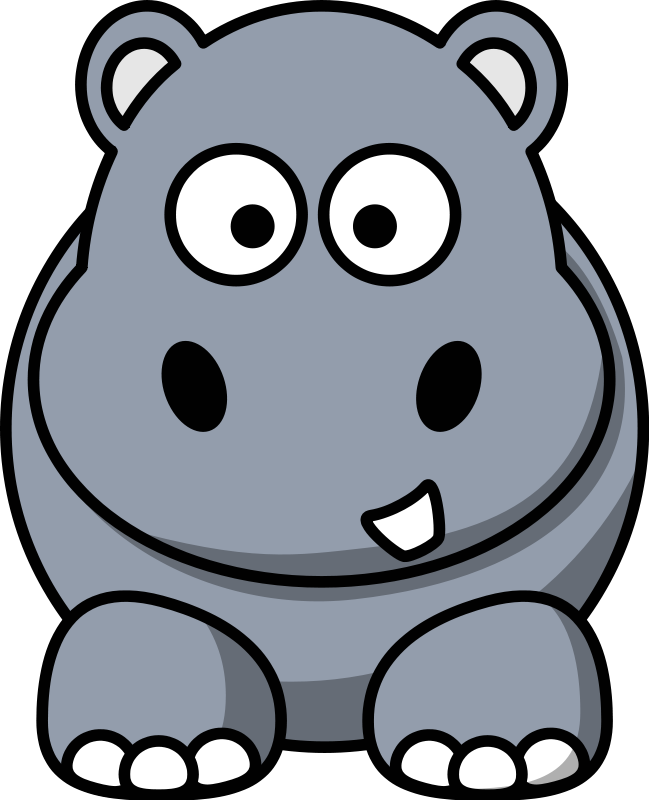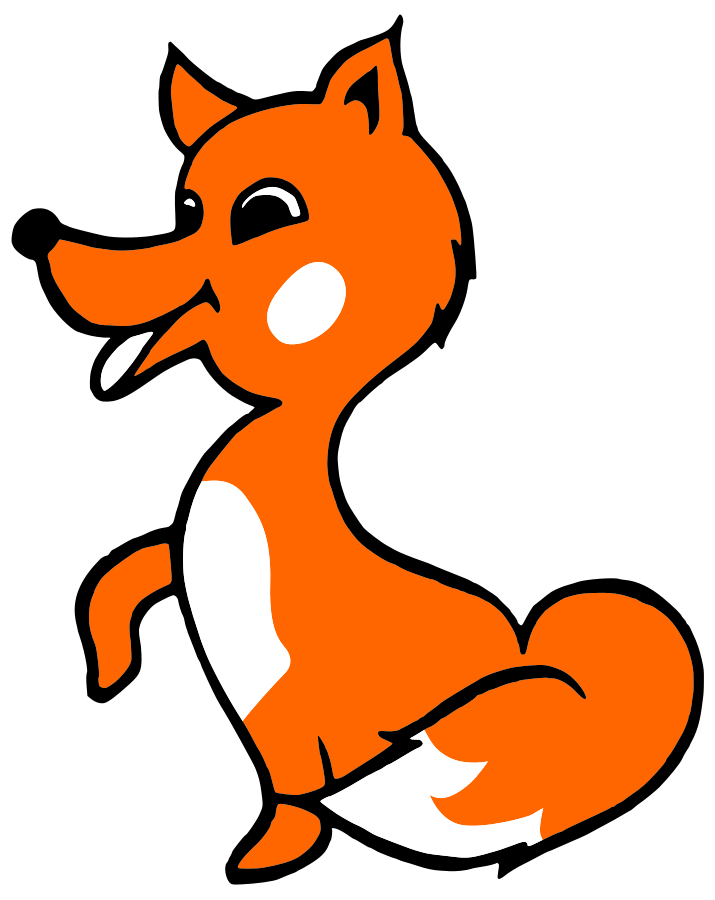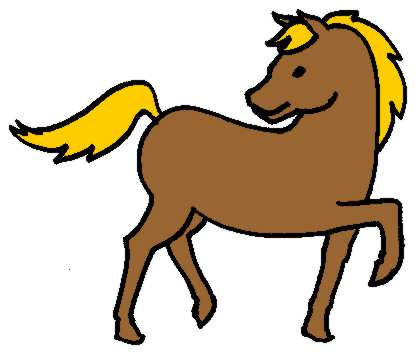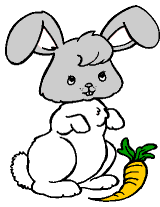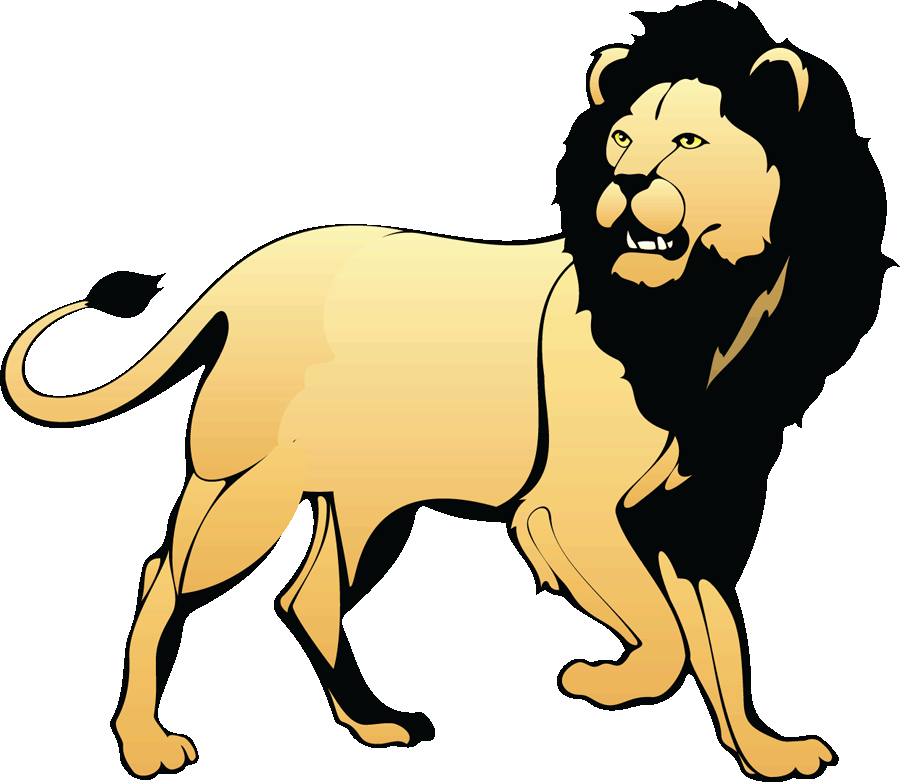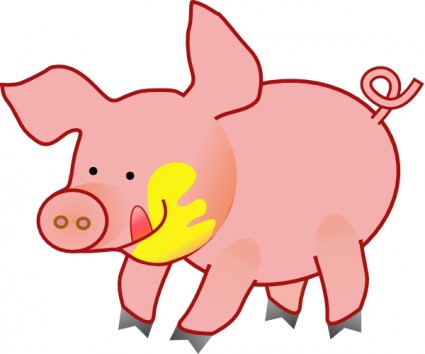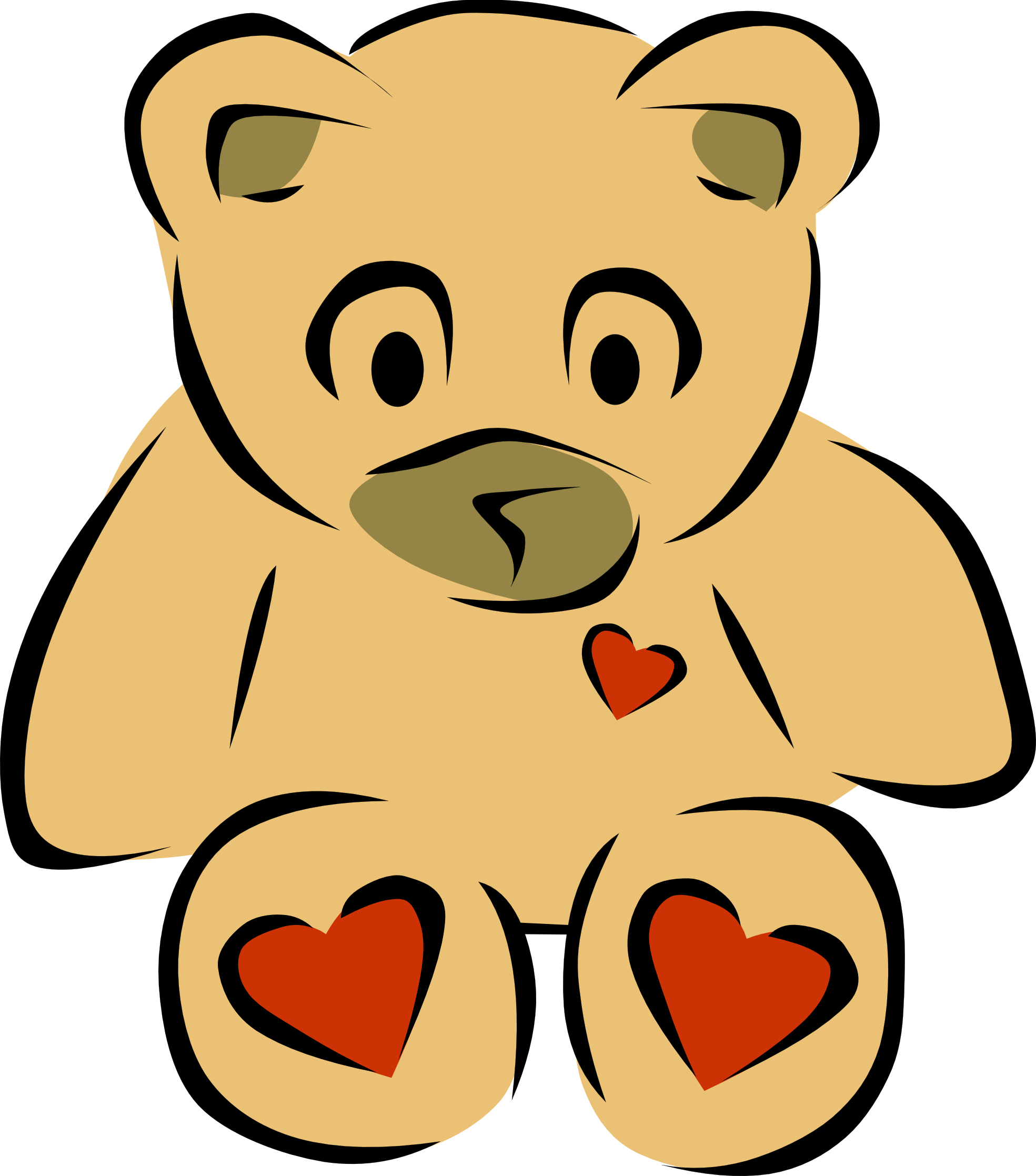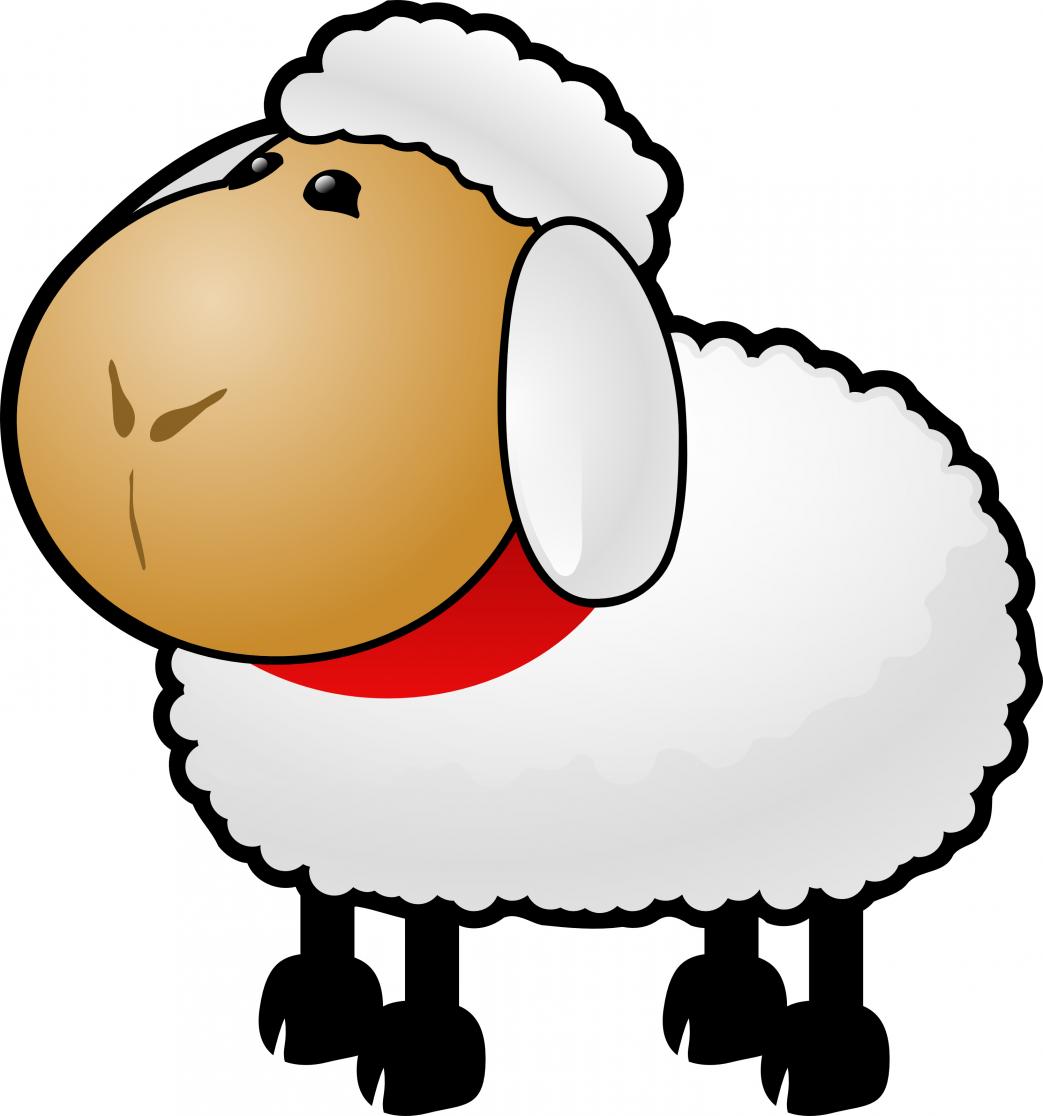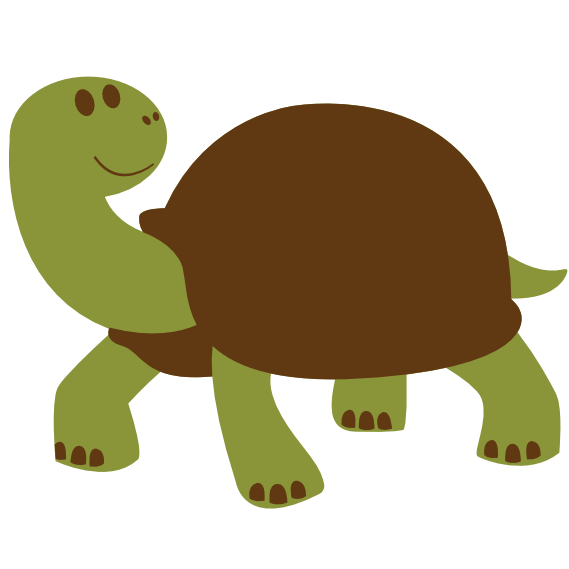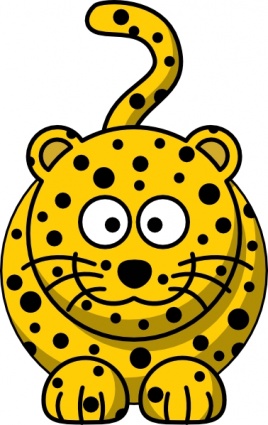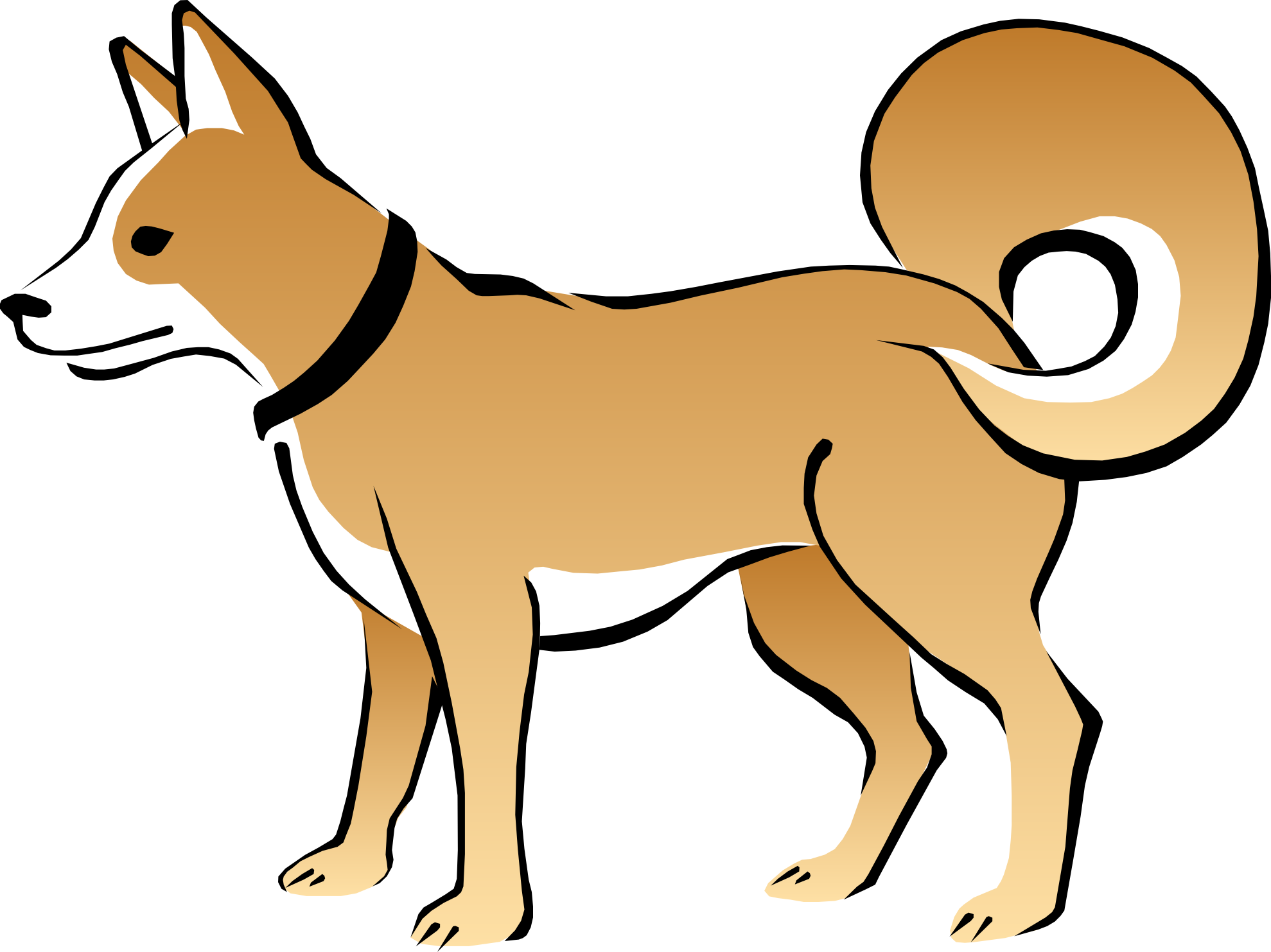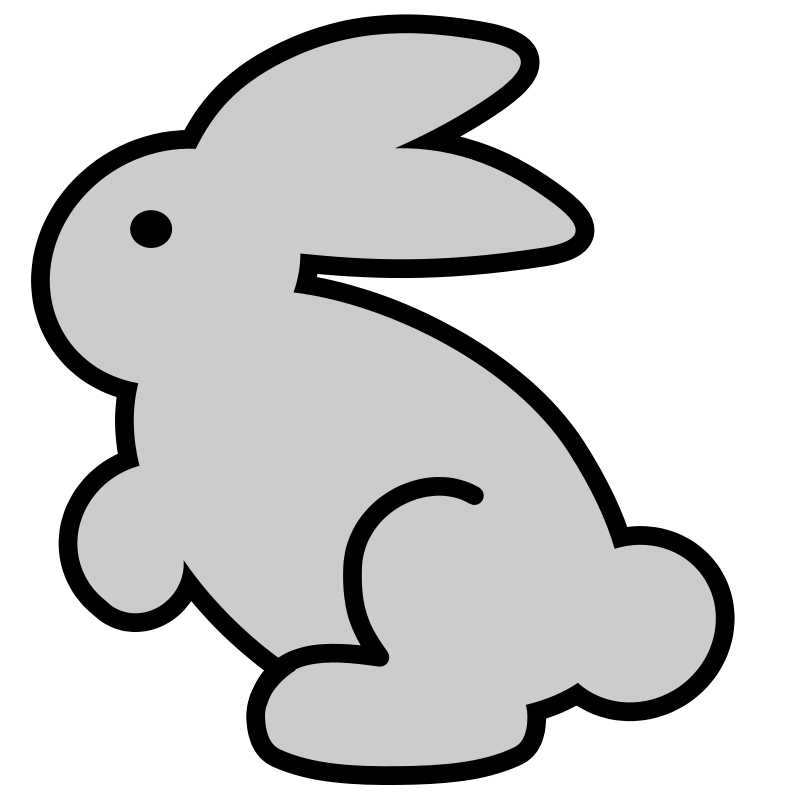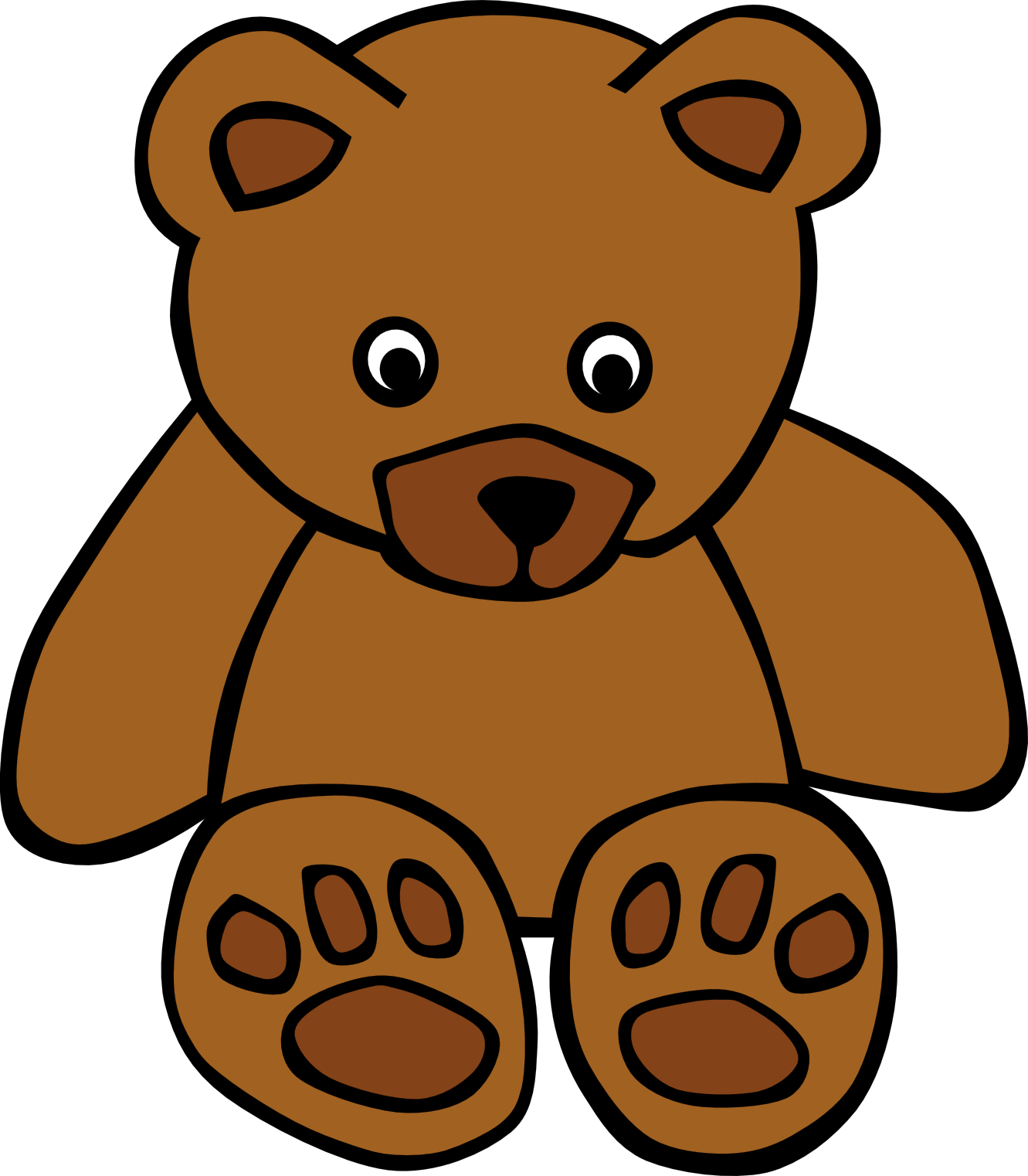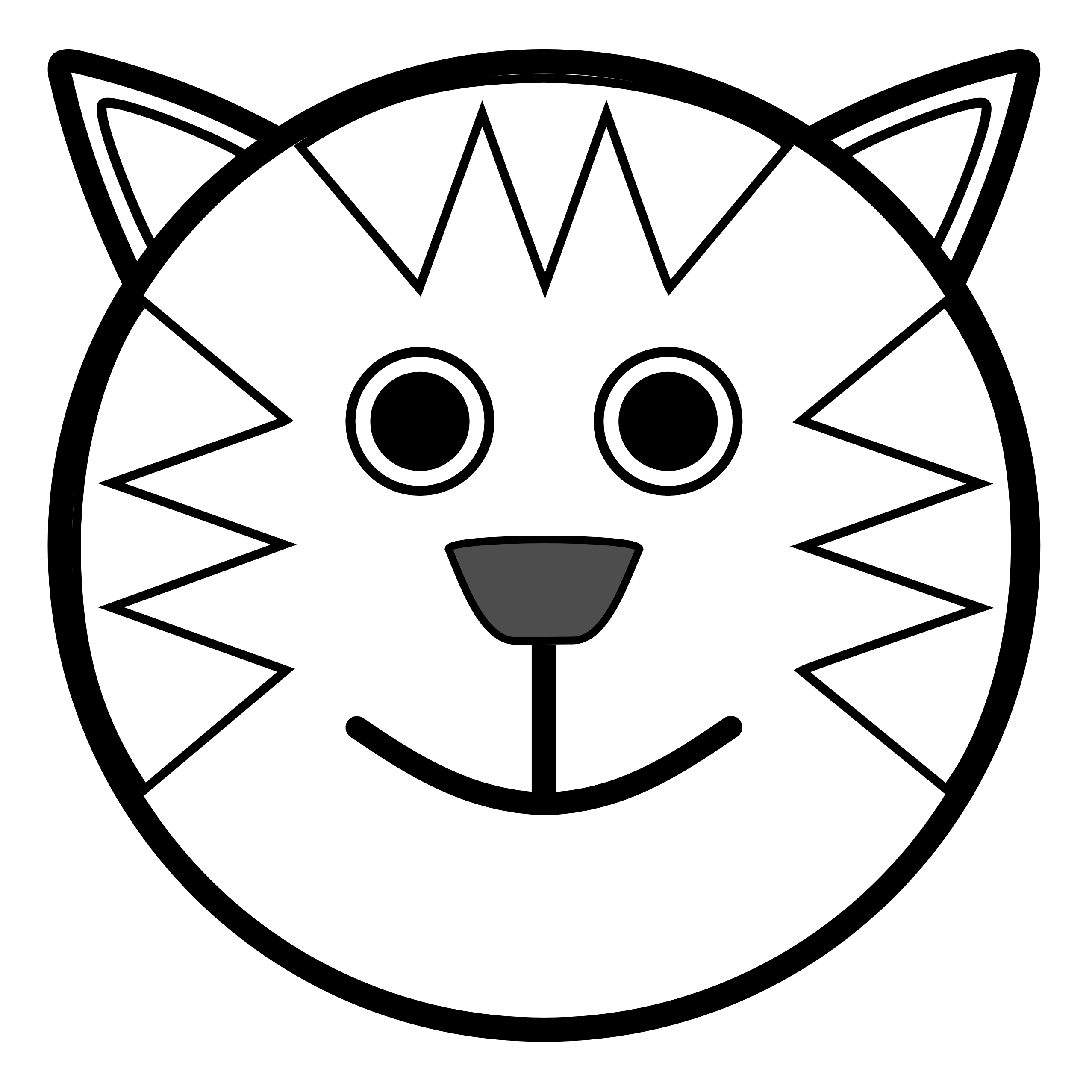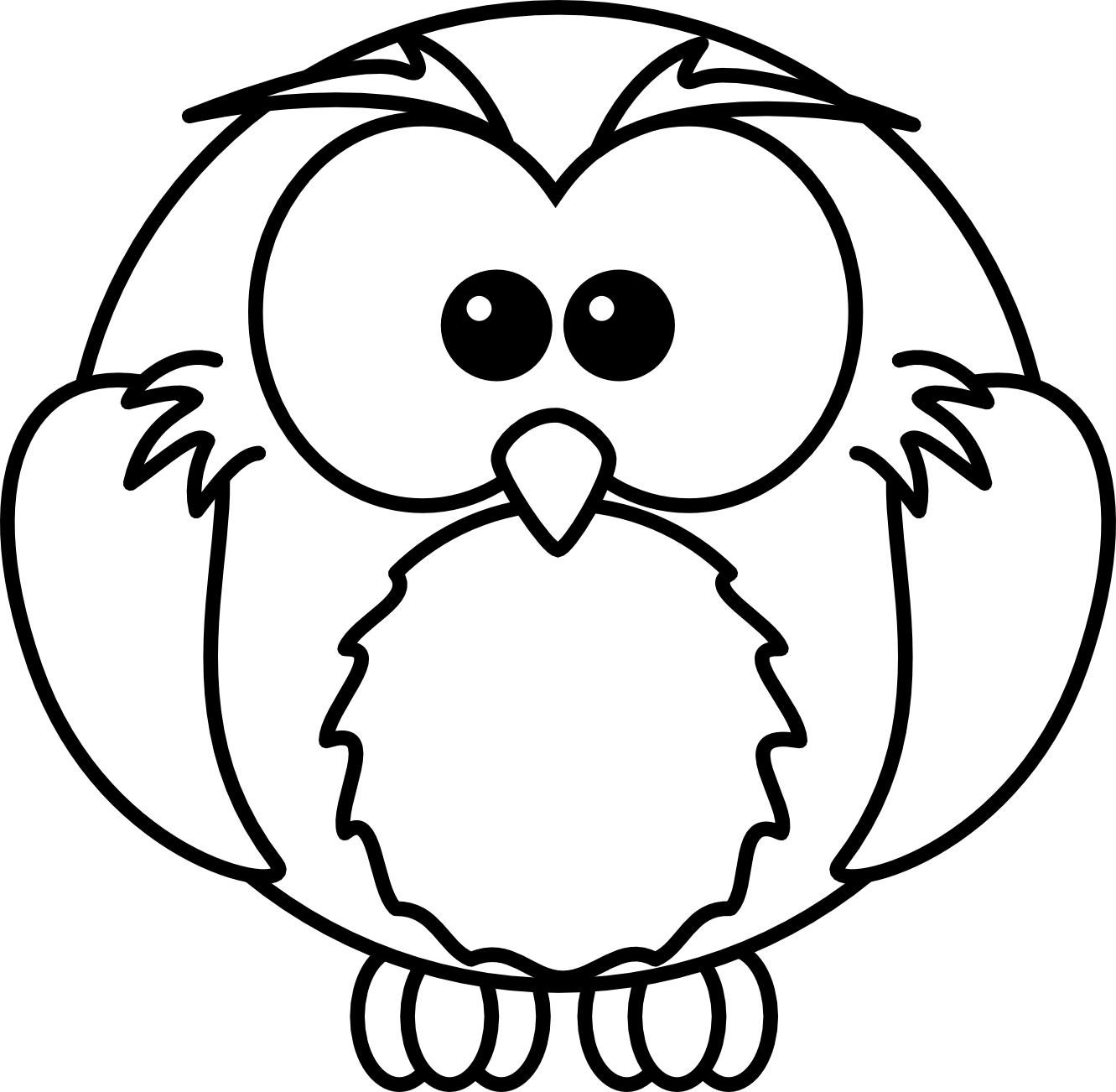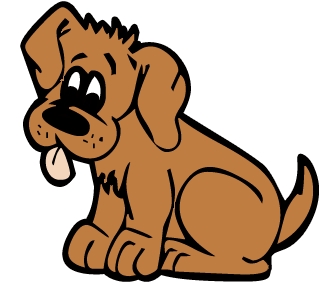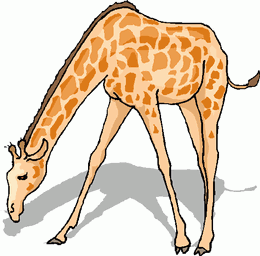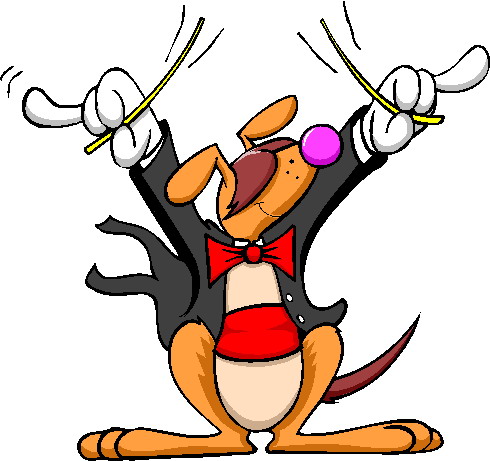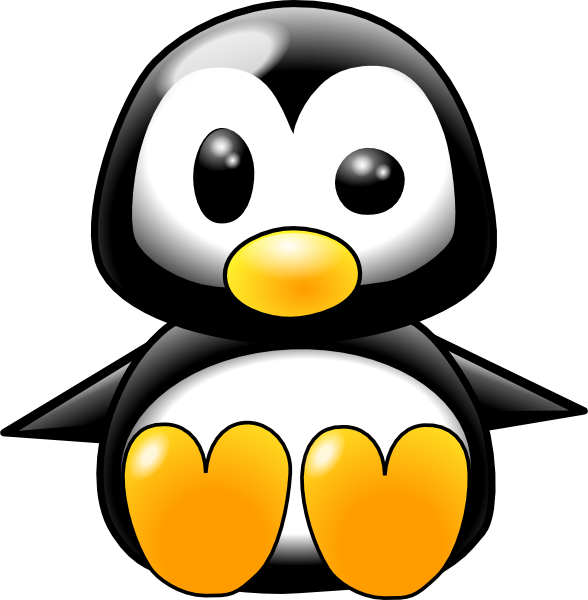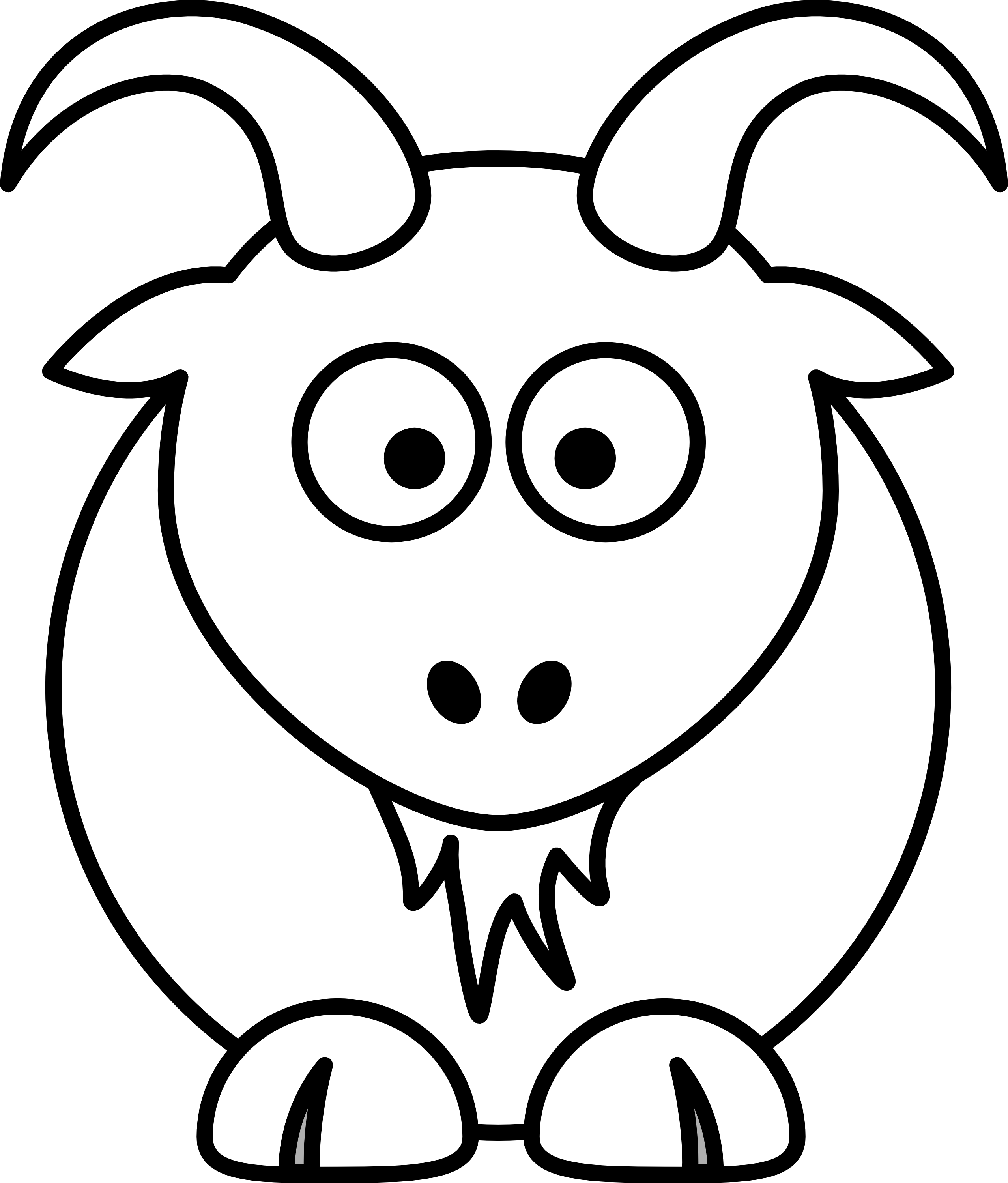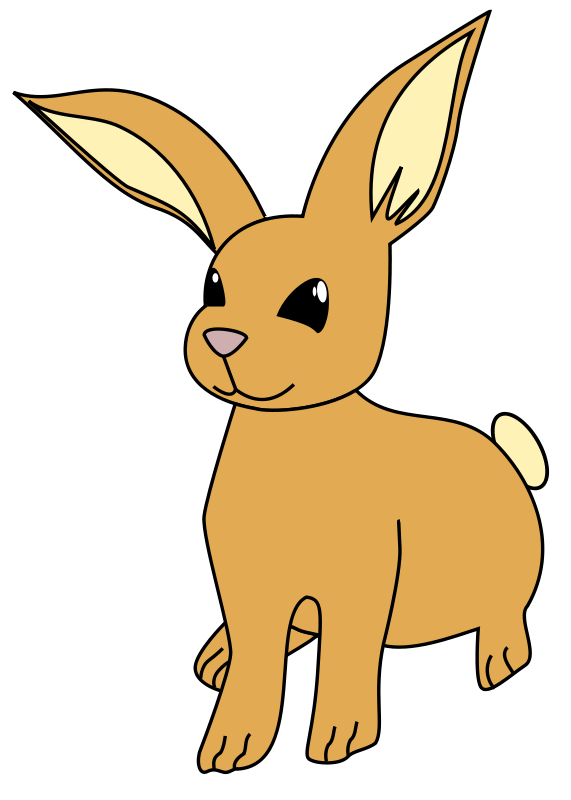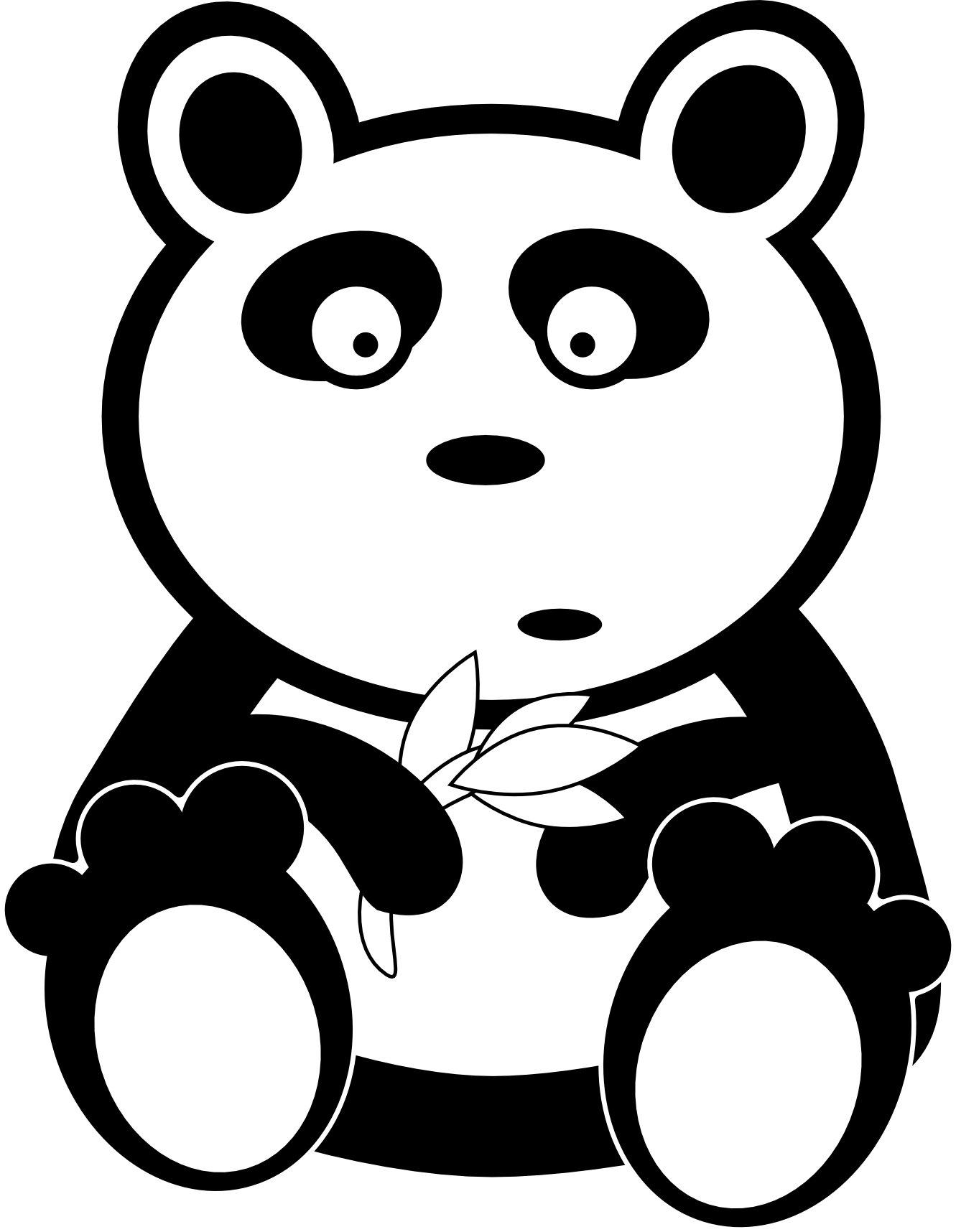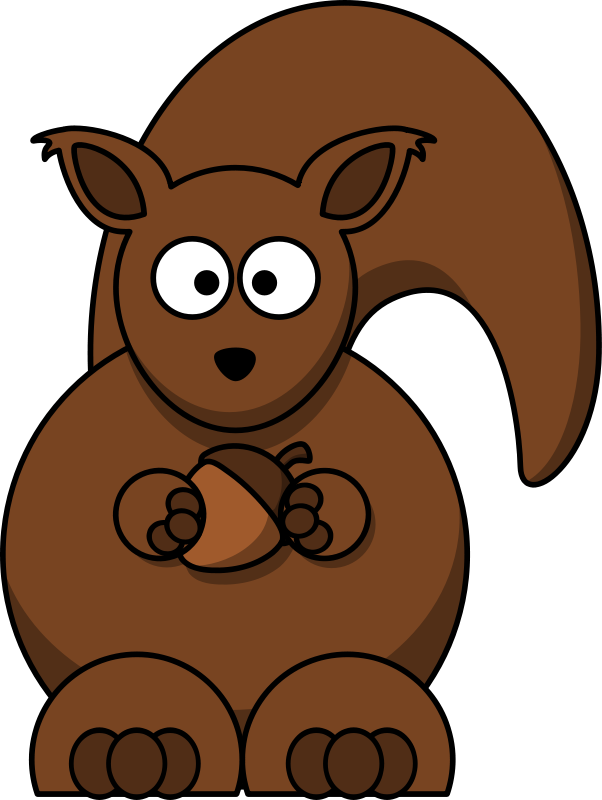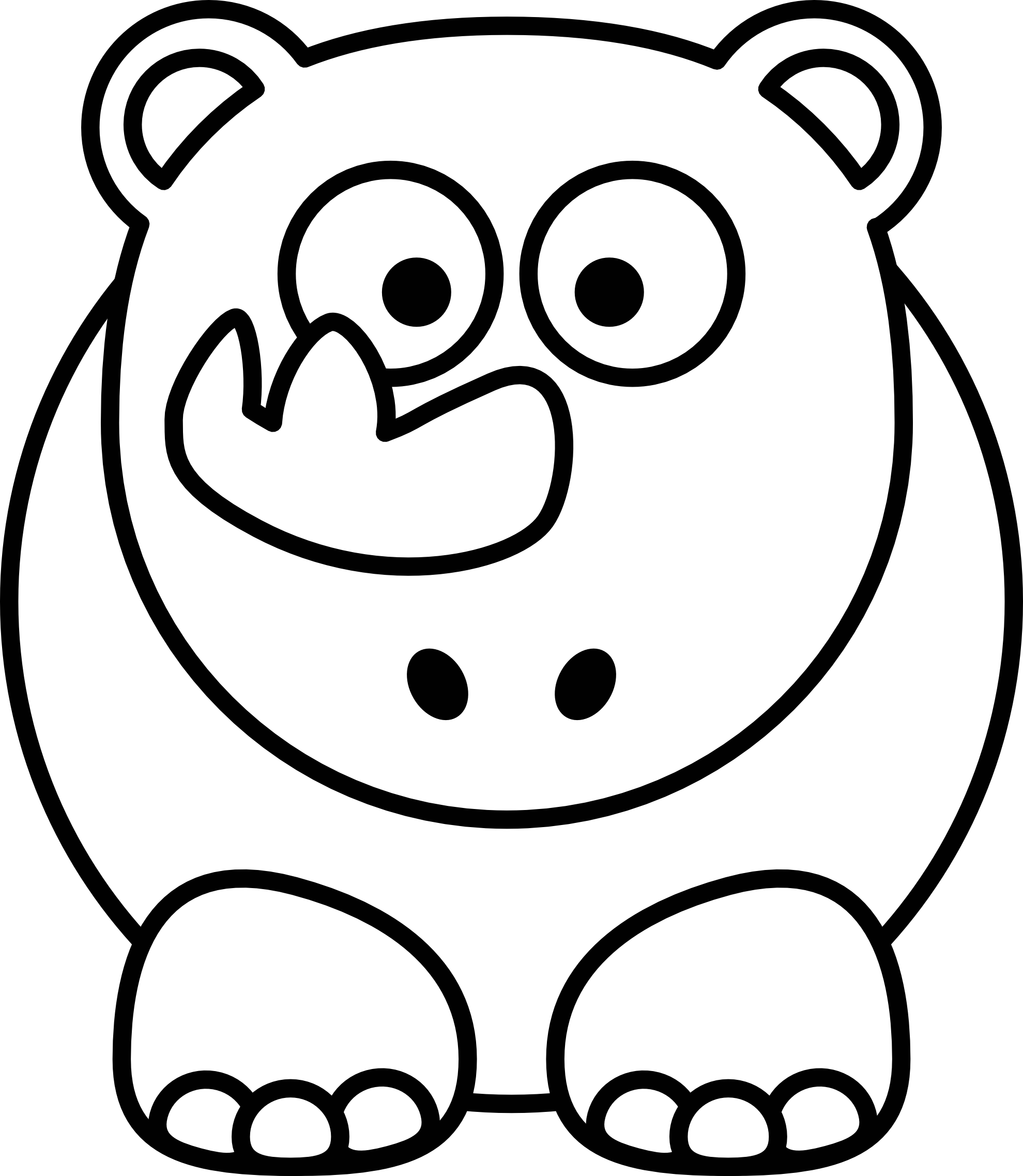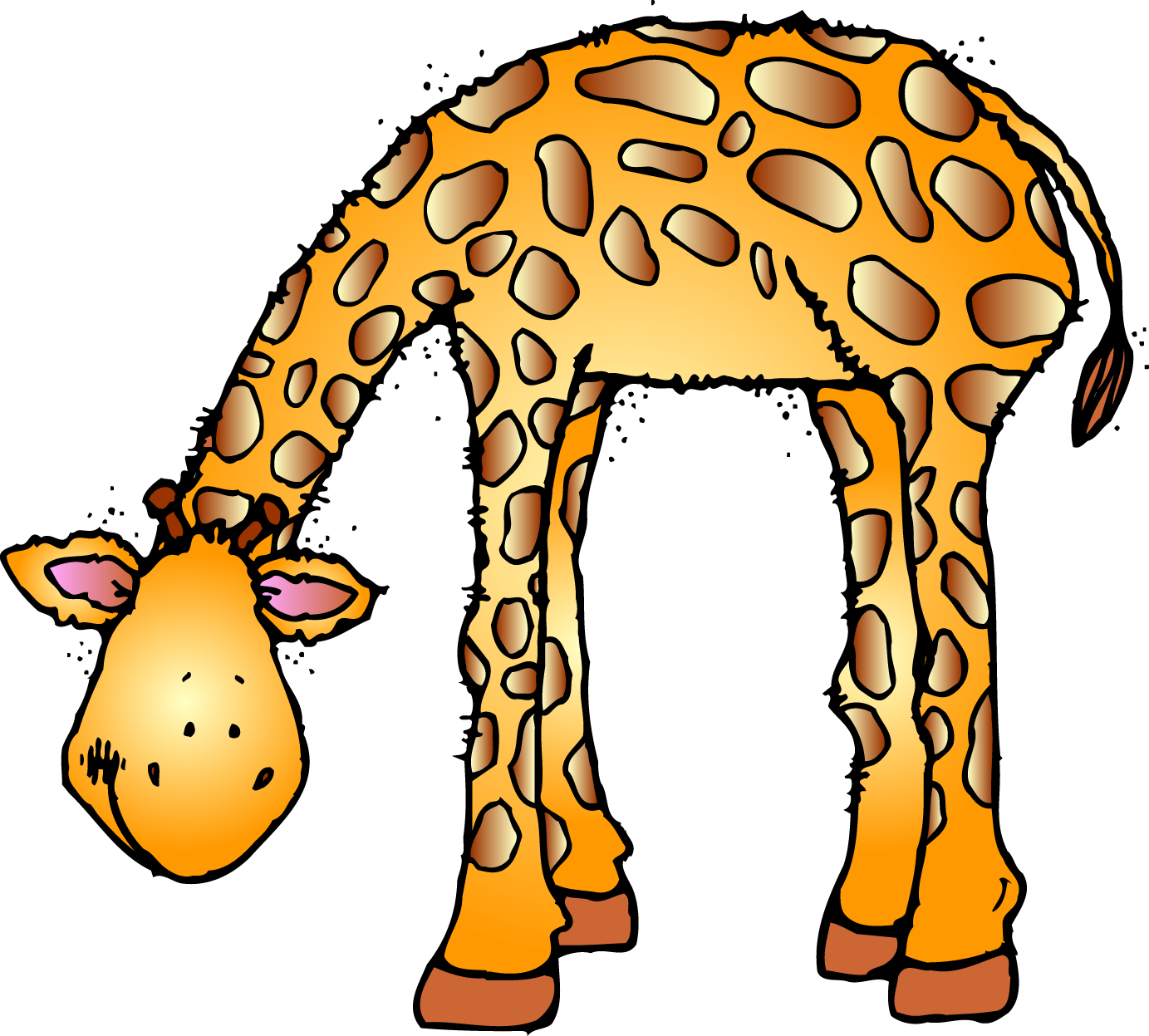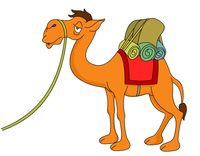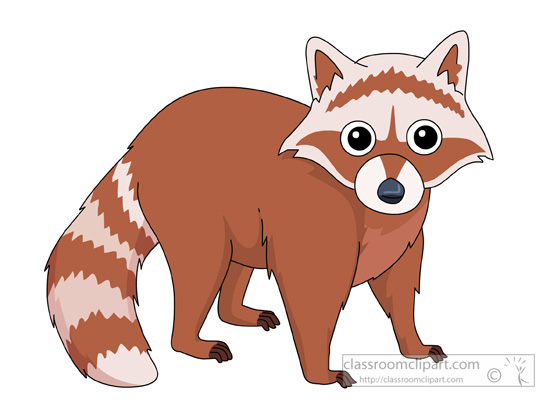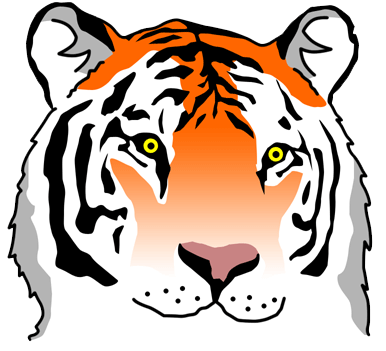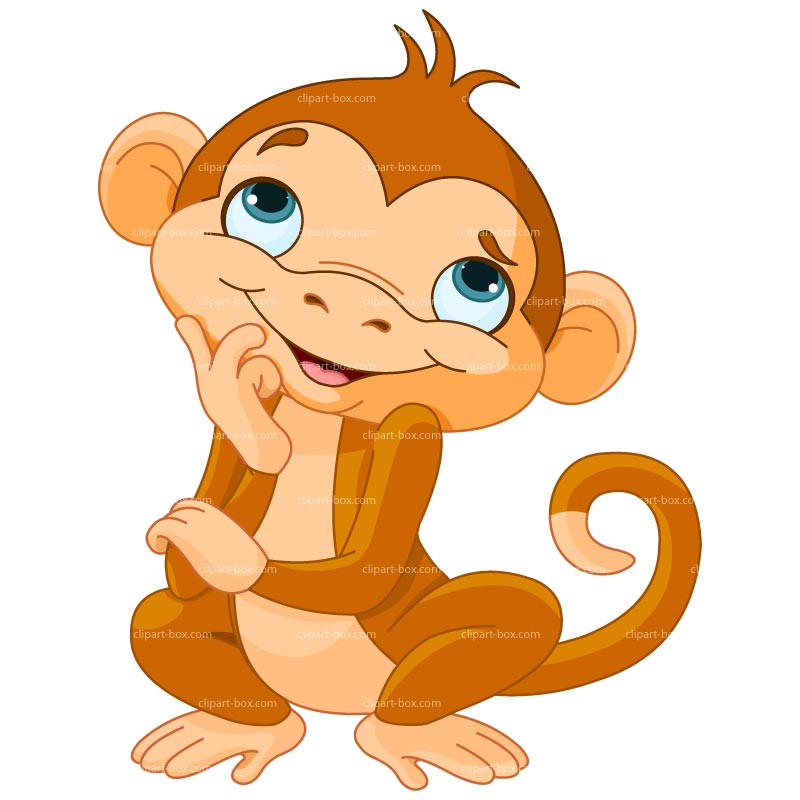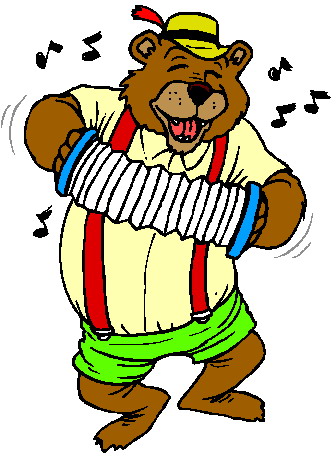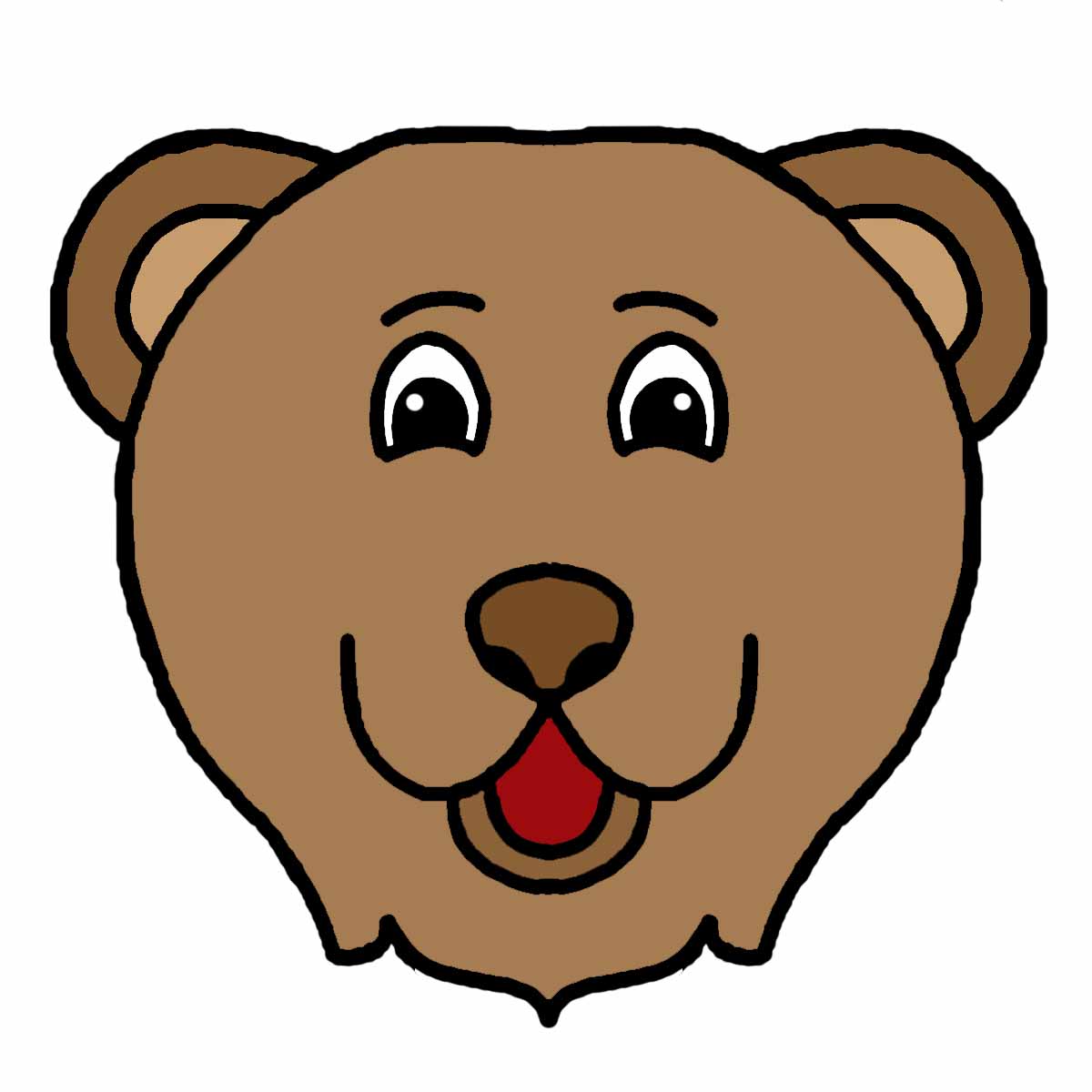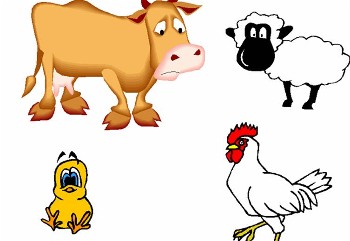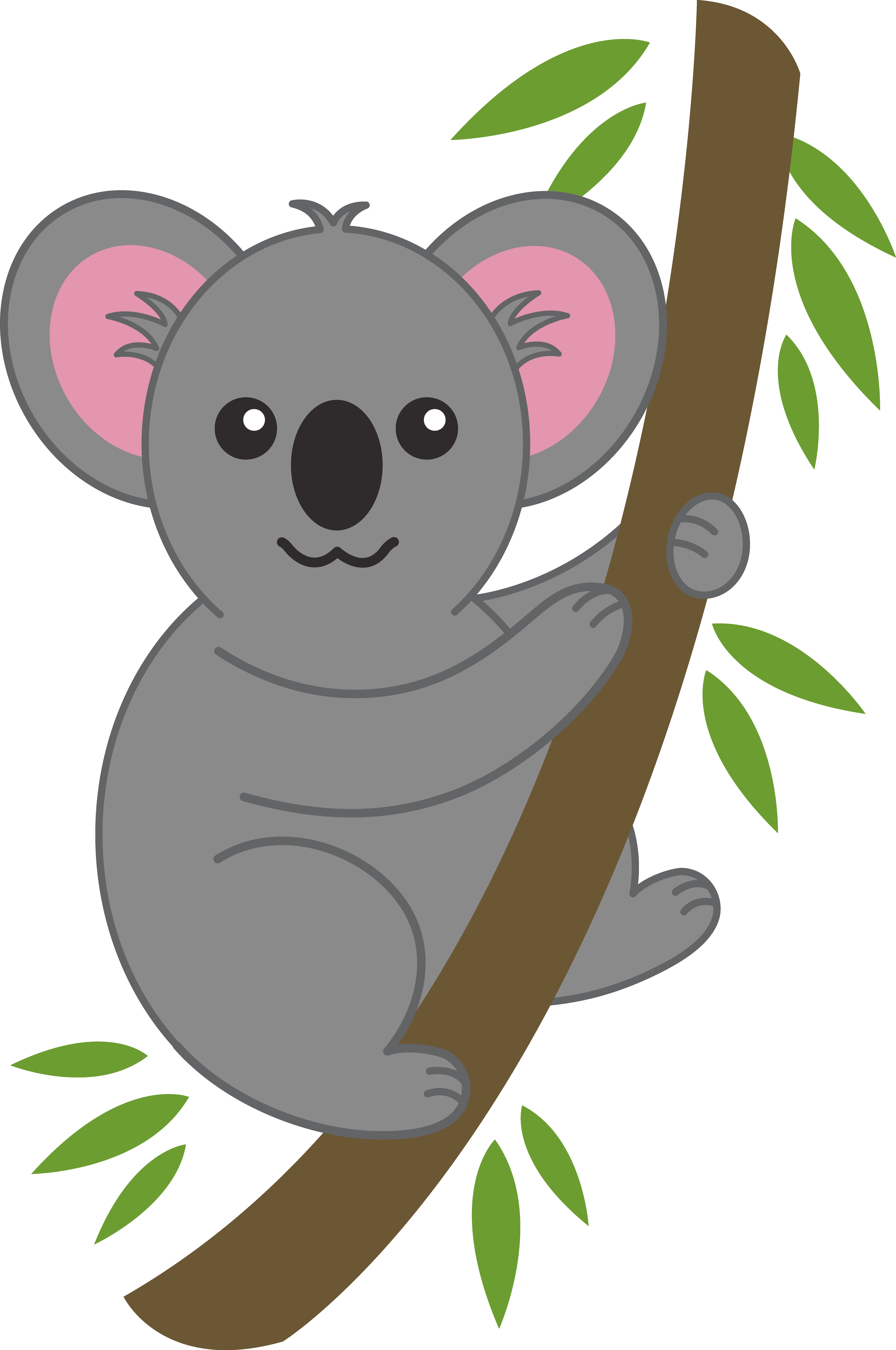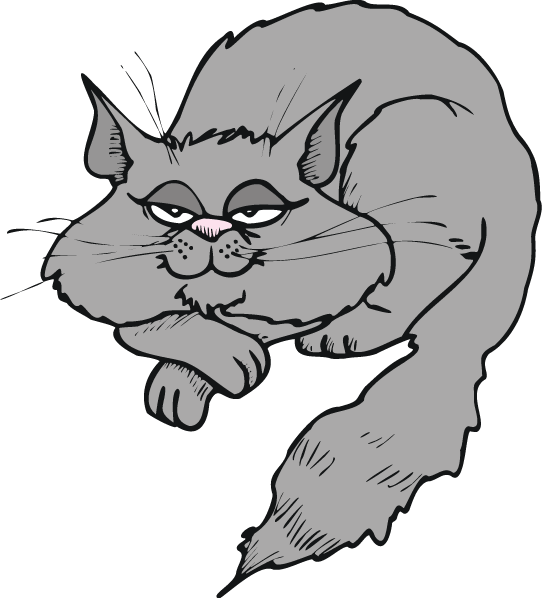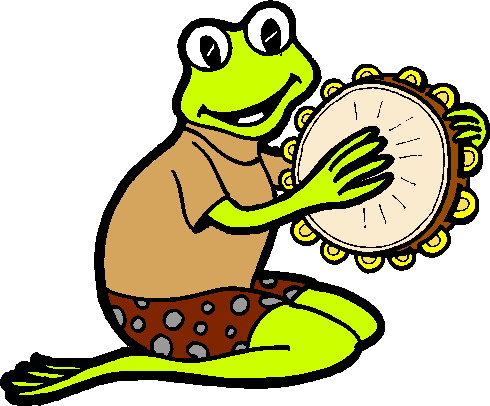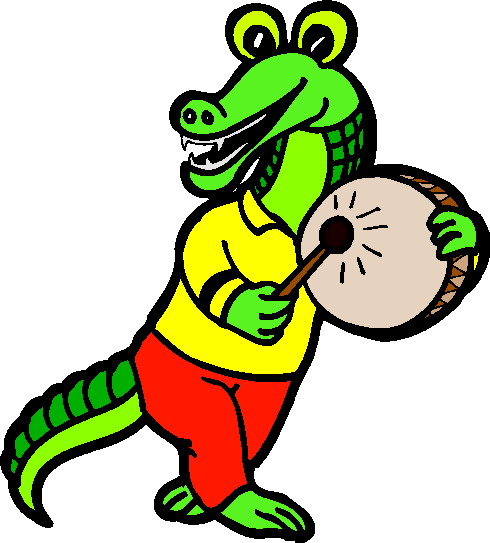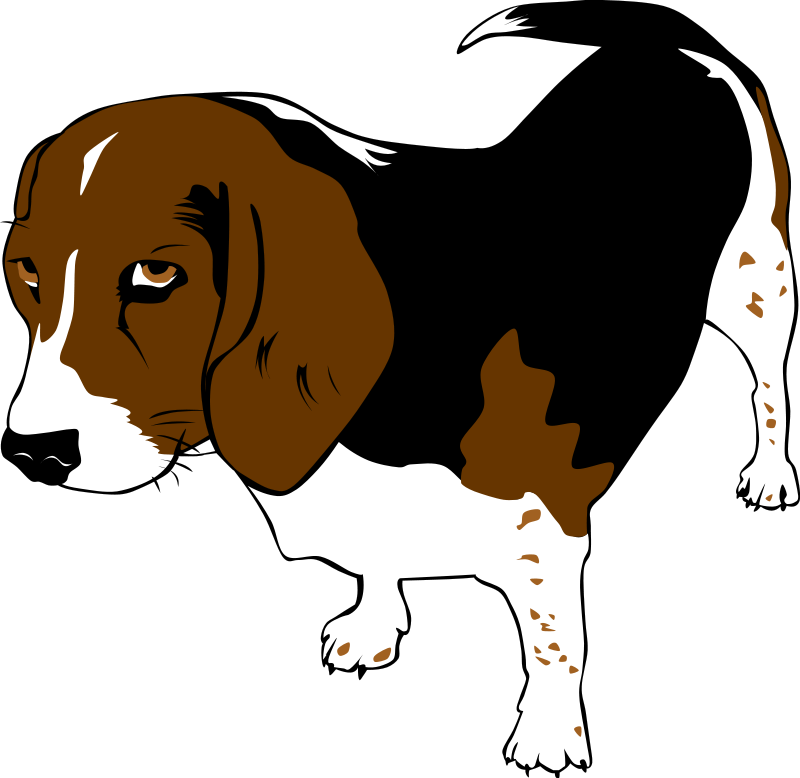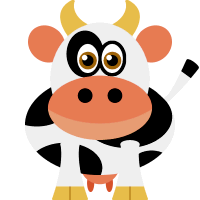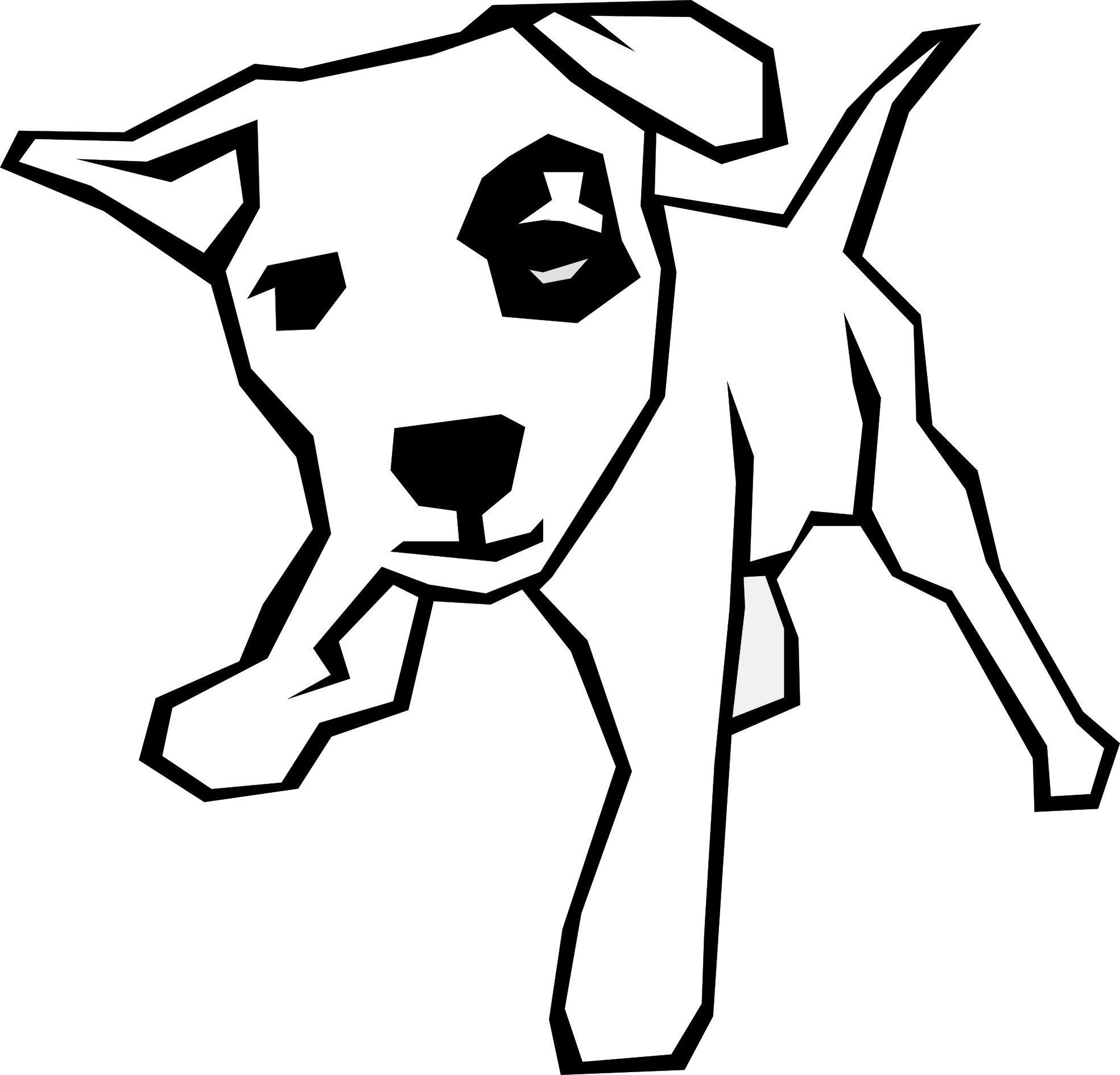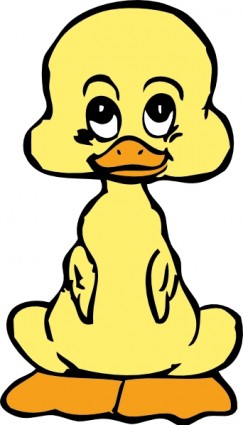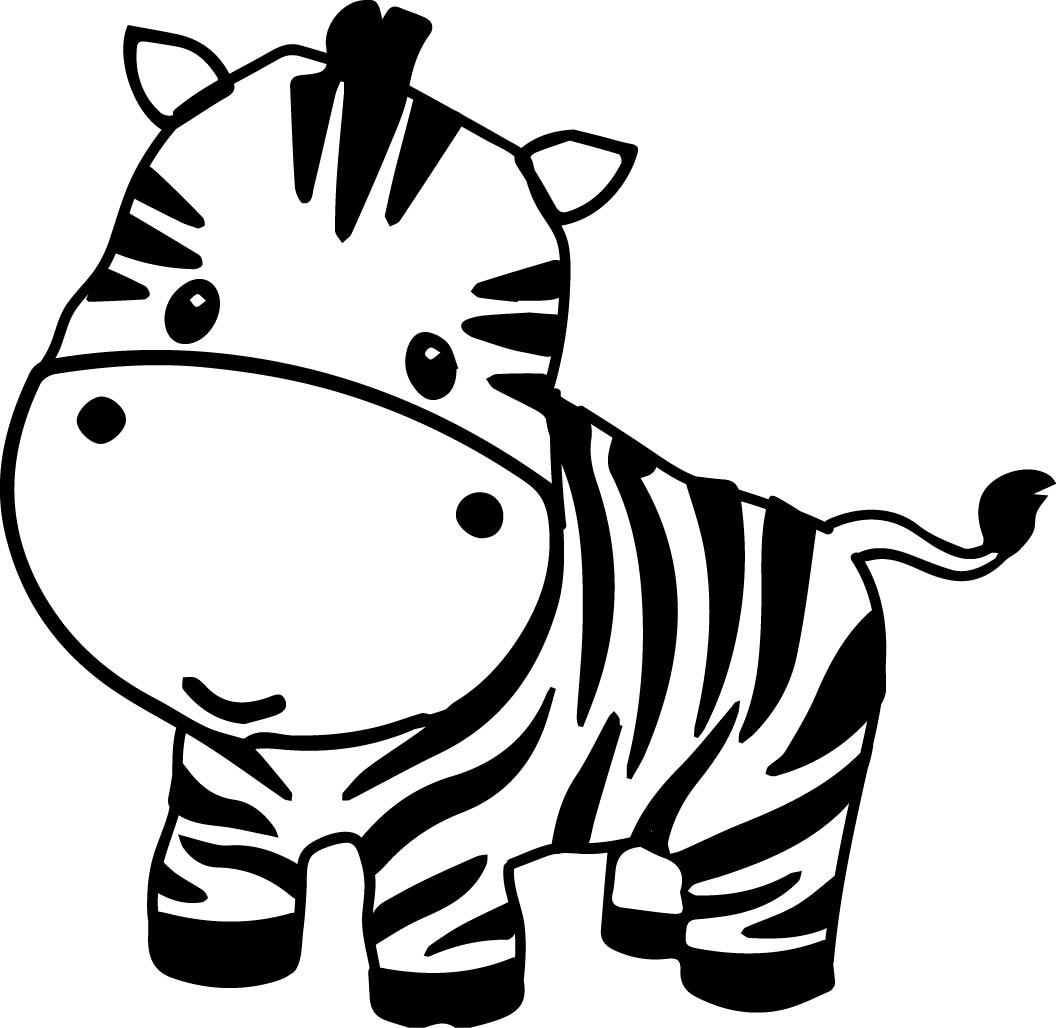Animal Clip Art
Animals comprise over 1 million identified species categorized in a hierarchical taxonomy according to evolutionary relationships. The animal kingdom is divided into phylums including arthropods and chordates. These phylums contain classes like insects, fish, birds and mammals. Classes encompass orders made up of closely related families that share common attributes, which further branch into genera and distinct species. This scientific classification provides a map for locating any animal within the tree of life.
Vertebrates and Invertebrates
The vertebrate subphylum includes mammals, birds, reptiles, amphibians and fish, which all share a spinal column and internal skeletal structure. Invertebrates like insects, mollusks, worms, jellyfish and sponges lack a vertebral column and backbone. While less complex than their vertebrate counterparts, invertebrates comprise over 90% of known animal species, dominating ecosystems through sheer abundance.
Animal Senses
The development of senses was crucial to animals’ adaptation to diverse ecological niches. Smell is vital for tasks like finding food, avoiding predators, and social communication. Vision enables navigation and targeting prey at a distance. Hearing allows animals to detect threats and calls in their vicinity when visibility is limited. Beyond the major senses, specializations like echolocation and electroreception provide additional perceptual mechanisms that prove essential for survival.
Animal Coverings
Hair, fur, feathers, scales and shells are all types of integument evolved to meet animals’ fundamental needs. Mammals are covered in coats of hair providing insulation and aiding camouflage. Feathers on birds allow flight while protecting skin and conserving heat. Reptilian scales and molluskan shells defend delicate tissues from hazards. And fish scales smooth locomotion through water and may form defensive spines. Form matches function in the diverse dermal armor of the animal kingdom.
Animal Locomotion
Animals traverse their environments through running, jumping, crawling, burrowing, swinging, flying and swimming adapted to terrain and oxygen availability. Swift quadrupedal running requires complex neuro-muscular coordination seen in horses. Kangaroos utilize strong hind legs in energy efficient hopping. Worms navigate subterranean worlds by writhing and boring through soil. And creatures like frogs and dolphins evolved physiological adaptations tailored for agile locomotion in aquatic habitats.
Weird and Wonderful Animals
Nature has crafted truly bizarre beasts. The platypus seems an unlikely amalgam of mammal, bird and reptile with its duck bill, webbed feet and venomous ankle spurs. Axolotls remain in a perpetual larval aquatic form, never undergoing full metamorphosis to an adult salamander. Deep sea anglerfish tempt prey toward glowing lures that dangle before their gaping jaws. These eccentrically adapted oddballs expand our appreciation for life’s creative possibilities.
Mythical Creatures
Cultures worldwide weave mythical tales describing beasts which contour moral lessons. The healing unicorn purifies poisoned waters. Treasure hoarding European dragons symbolize sinful greed. The Phoenix arising reborn from ashes portrays redemption through sacrifice. And the ancient Egyptian sphinx monster guards sacred spaces by posing tactical riddles to infiltrate deep wisdoms. Fantastical creatures give shape to collective hopes, fears and principles.
Animals in Art History
Since earliest cave paintings, animals both real and imagined have been subjects for artistic interpretation. Symbolic meanings vary – lambs connote innocence, foxes cunning, bulls strength, eagles noble leadership. Picasso radically fractured familiar forms in cubist tableaus. Asian dragon motifs denote spiritual blessings. Contemporary works fuse human and animal in hybrid “fursonas”. Our complex relationship with nature translates through myriad bestial depictions.
Animal Cartoons and Clip Art
From Walt Disney’s iconic Mickey Mouse to the newspaper funnies like Garfield the Cat, cartoon animals charm millions daily. Simple lines, exaggerated features and humorous antics transcend language barriers. Viral memes show animals captioned with quips in the lolcat dialect. Clip art offers whimsical graphic shortcuts, morphing complex wildlife into cute icons to accessorize any digital document. Illustrations invite relating to animals not only scientifically, but playfully and personally.
Animals and Technology
Innovations continuously expand interaction with wildlife. High definition caucuses document the daily dramas of Big Cat existence. Anthropomorphic animated features form cornerstones of family entertainment. Specialized subreddits share thousands of animal photos daily. Bio-inspired micro-robots employ synthetic versions of scales, muscles and electrolocation to enable new applications. And facial recognition algorithms can identify individual bears and lions as reliably as humans. Our intricate entanglement with animals inspires fledgling technologies as well as reflects our humanity.
In this page clipartix present 59 animal clipart images free for designing activities. Lets download Animal Clip Art that you want to use for works or personal uses.

